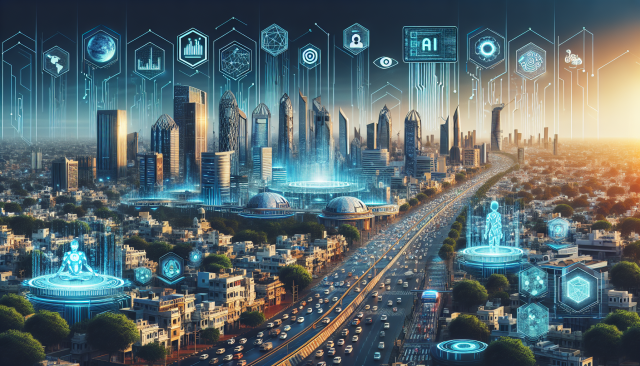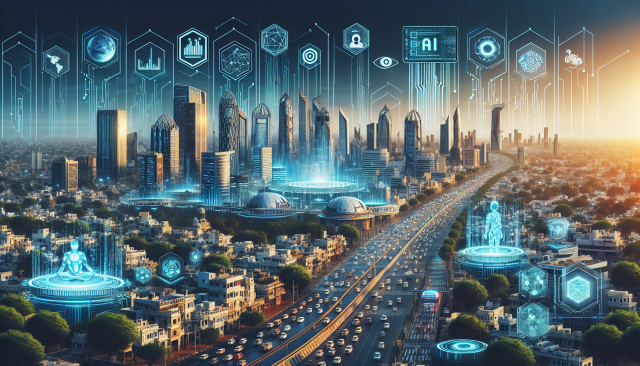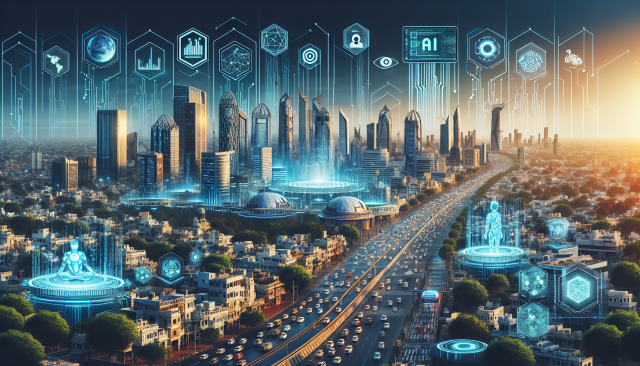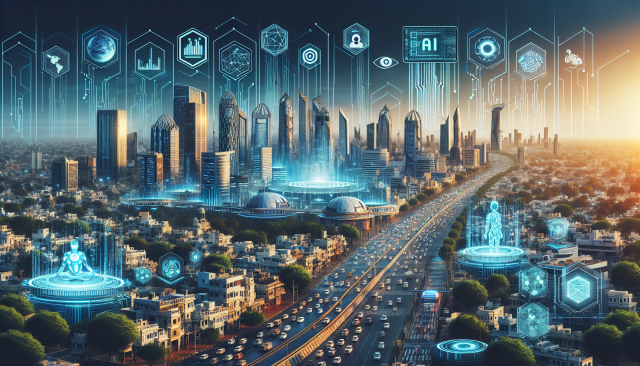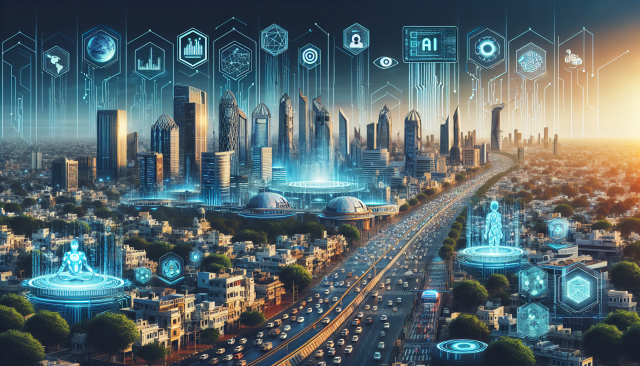Fortune 500 Playbook for Gen Z: Mindset, Skills and Moves That Still Win in a Shaky Job Market
Fortune 500 Playbook for Gen Z: Mindset, Skills and Moves That Still Win in a Shaky Job Market
The headline economic news has left many early-career professionals rethinking next steps: hiring slowdowns, reshuffles and an unmistakable air of caution from employers. Yet across boardrooms at some of America’s largest companies—teams at Amazon, Walmart and McDonald’s among them—leaders are consistent in a message that sounds almost counterintuitive: opportunity still exists. The catch? It comes with a different set of expectations around mindset, adaptability and the skills that truly move hiring decisions.
Why the noise about a “shaky” market misses a key truth
Markets cycle, but the value companies need—problem-solving that produces measurable outcomes—does not. Hiring may pause in some teams or regions, but organizations continue to invest where they see clear, demonstrable contribution. Executives at large, complex companies emphasize that business priorities have sharpened: cost-efficiency, speed of execution and digital fluency now matter more than ever. For Gen Z, that means two things. First, a pivot toward demonstrating impact rather than credentials alone. Second, adopting a learning mindset that converts curiosity into repeated, visible wins.
Mindset: the invisible credential
Across Fortune 500 firms there’s an often-repeated theme: mindset is the foundation on which skills build. Leaders describe the ideal early-career hire as someone who shows a blend of intellectual humility and ambitious ownership—able to ask the right questions, and then own the answer. This isn’t buzzword coaching. It’s practical: when teams are lean, managers hire people they trust to take initiative without hand-holding.
- From curiosity to conviction: Ask smart questions, but don’t stop there. Propose a course of action and test it with a small experiment. Show what you learned and what you’ll try next.
- Bias to operational thinking: Leaders prize people who think in terms of processes, metrics and timelines. How will you measure success? How long will it take? What’s the simplest test you can run today?
- Trade perfection for iteration: Large organizations move fast. Managers value incremental improvement—small, rapid cycles that reduce risk and produce data—over idealized single-shot efforts.
Skills employers actually pay for right now
Job descriptions are long. Hiring managers often skim them. Instead of chasing every keyword, concentrate on developing a handful of capabilities that consistently create value across roles and industries:
- Data literacy: Not everyone must be an analyst, but the ability to interpret simple datasets, build a chart, and draw actionable conclusions is non-negotiable. Teams want hires who can say, “Here’s the data, here’s what it means, here’s the next step.”
- Digital and automation fluency: From internal productivity tools to customer-facing platforms, companies invest in automation to scale. Familiarity with basic scripting, workflow tools, or low-code platforms makes entry-level candidates more deployable.
- Customer-centered problem solving: Whether serving online shoppers, franchise owners, or diners, Fortune 500 firms reward people who design with the customer in mind and can translate insights into practical product or service changes.
- Operational rigor: Running experiments, documenting processes, and reducing variability in outcomes—these are signs of a person who understands how big organizations actually execute.
- Communication that moves actions: The ability to write concise conclusions and present a recommended plan with supporting evidence is a multiplier. Clarity of thought becomes clarity of action.
How leaders translate those priorities into hiring signals
When recruiting, hiring managers look for evidence that a candidate will deliver outcomes in the same way they evaluate internal initiatives: through signals that indicate repeatability and resilience. Candidates who can provide the following stand out:
- Project portfolios with results: Show what you did, what metric you changed and how you measured it. Side projects, internships, class projects or volunteer experiences all qualify if they include measurable outcomes.
- Problem statements and hypotheses: Present work as a series of experiments. Frame the problem you aimed to solve, the assumptions you tested, and what you learned.
- Evidence of scaling thinking: Explain how an idea can be repeated or expanded. Leaders want to see whether your contribution can grow beyond a pilot.
- Clear, short case examples: Make it easy for the interviewer to retell your story. Short, specific anecdotes that map to business impact are more memorable than long narratives.
Adaptability: the new job currency
Executives at dynamic companies underscore a simple equation: adaptability + speed = employability. The faster you can learn a new domain, new tools, or a new cross-functional role, the less likely you are to be disrupted by market cycles. Practical ways to develop adaptability:
- Design micro-experiences: Intentionally take on short-term roles or projects that force you to learn a new skill or work with a new function. Treat each as a mini-bootcamp and document the outcomes.
- Cross-train within organizations: If you’re already working, volunteer for rotational assignments or cross-team sprints. Internal mobility is often the fastest path to broader skills.
- Adopt a rapid-learning routine: Spend weekly time acquiring a narrow skill—two hours of structured practice beats occasional binge learning.
Practical interview and career moves that matter
Across hiring teams, a few practical steps consistently make candidates more attractive:
- Lead with a problem and result: Start interview answers by stating the problem, then the action you took, and finish with the impact. Numbers help—percentages, timesaved, revenue influenced.
- Bring a mini-case or one-page portfolio: A concise document with 2–3 examples of your work—context, action, metric—helps interviewers understand your contributions quickly.
- Ask outcome-focused questions: When the interviewer opens the floor, ask about the team’s most important metric. This signals you care about results, not just role fit.
- Negotiate skill-building, not just salary: If compensation is limited, ask for clear development plans—mentor time, rotational exposure, or access to internal courses—that increase your next-step marketability.
What resilience looks like in day-to-day career building
Resilience isn’t just enduring setbacks. In large organizations, resilience is the capacity to reframe a setback as data and then act. Leaders applaud candidates who can:
- Own small failures publicly: Share what didn’t work and what you learned. That transparency builds trust.
- Keep projects portable: Document decisions and outcomes so your work can be transferred or repurposed elsewhere.
- Network by adding value: Build relationships by offering concise, useful help—not by asking for favors alone. Reputation grows through repeated, small contributions.
How to convert uncertainty into advantage
When budgets tighten and roles shift, the candidates who thrive are those who see the situation as a sorting mechanism. Employers will prioritize people who are: (1) easier to onboard, (2) faster to show impact, and (3) more likely to help others do the same. Your mission becomes reducing perceived risk. Do that by being clear, measurable and teachable.
Concrete 90-day plan for early-career wins
If you’re entering a new role or retooling your search, here’s a practical first 90-day blueprint leaders recommend to be seen as a dependable contributor:
- Days 1–15: Learn the map
- Identify the team’s top three priorities and the metrics that signal success.
- Map who owns what and schedule short introductory conversations—five to ten minutes focused on how you can help.
- Days 16–45: Ship something small
- Design and deliver a low-risk experiment that moves a metric even marginally. Document the hypothesis, method and outcome.
- Days 46–90: Scale and socialize
- Use results to advocate for the next step. Share a one-page brief with outcomes and a scaled plan. Invite feedback and iterate.
Final note: ownership is contagious
Large companies like Amazon, Walmart and McDonald’s are not looking for perfect résumés. They’re looking for people who will take responsibility for outcomes, learn fast and make their work portable and visible. That combination—mindset plus measurable skills—turns market noise into an advantage. For Gen Z navigating the current labor landscape, the opportunity is to demonstrate that you can be the kind of hire that reduces uncertainty for others: the one who shows up curious, works toward measurable impact, and leaves every project better documented than they found it.
When the market feels unstable, remember: organizations still need builders. They’re hiring people who can adapt, ship, measure and teach. Make your work speak those things—and the door stays open.


















